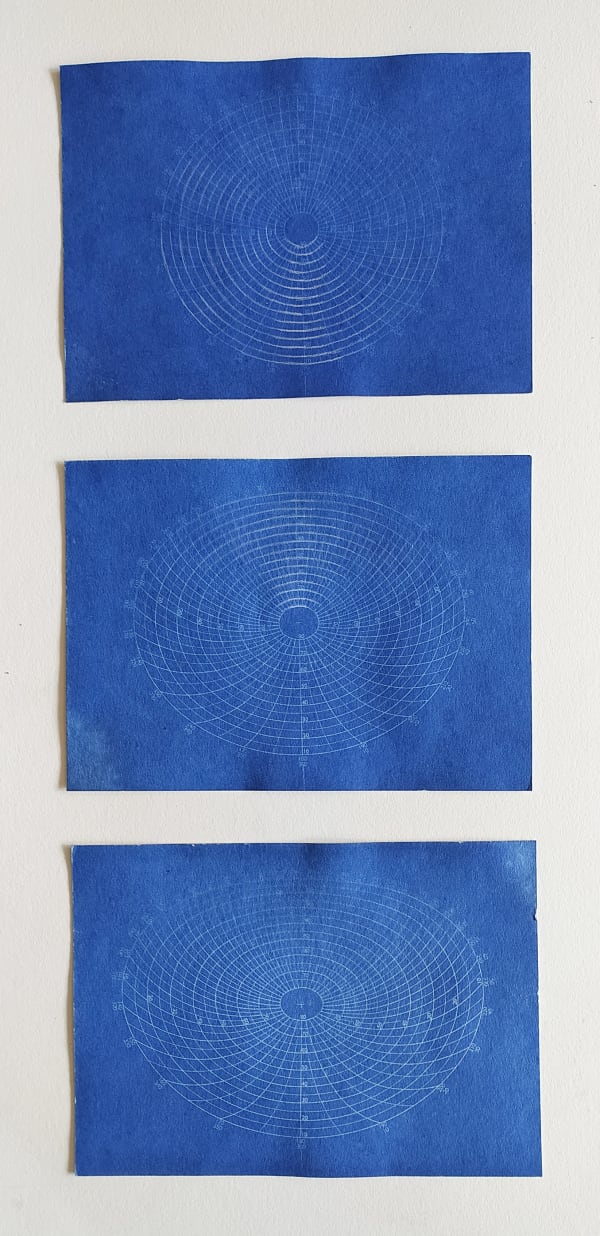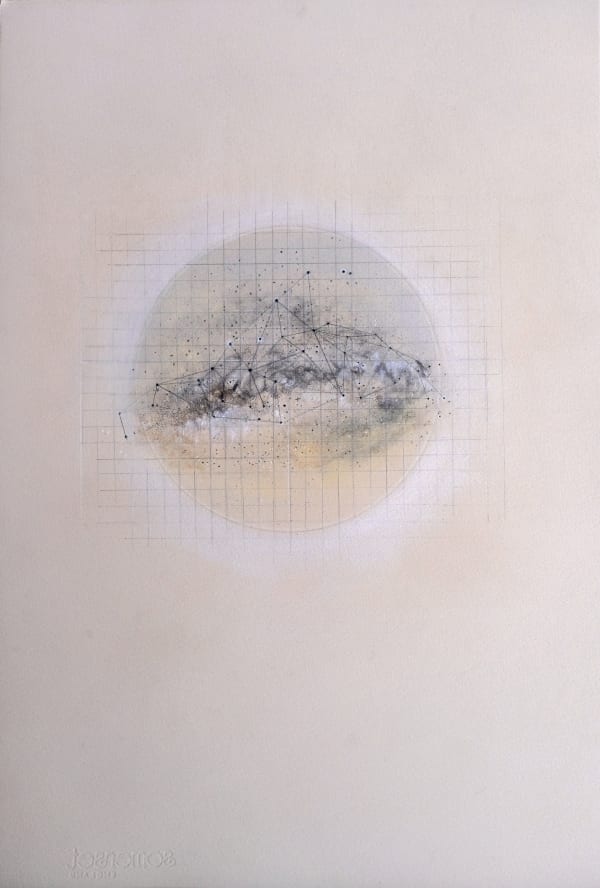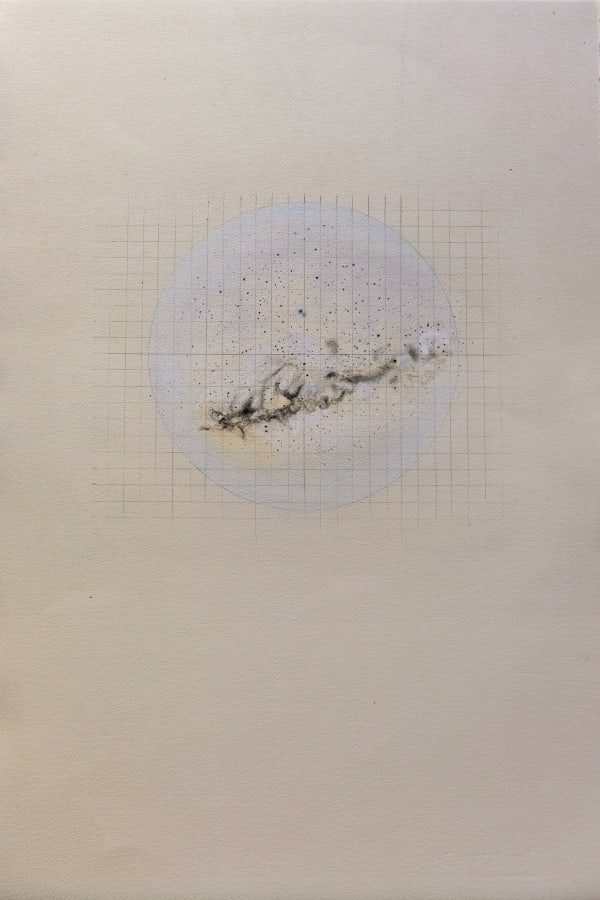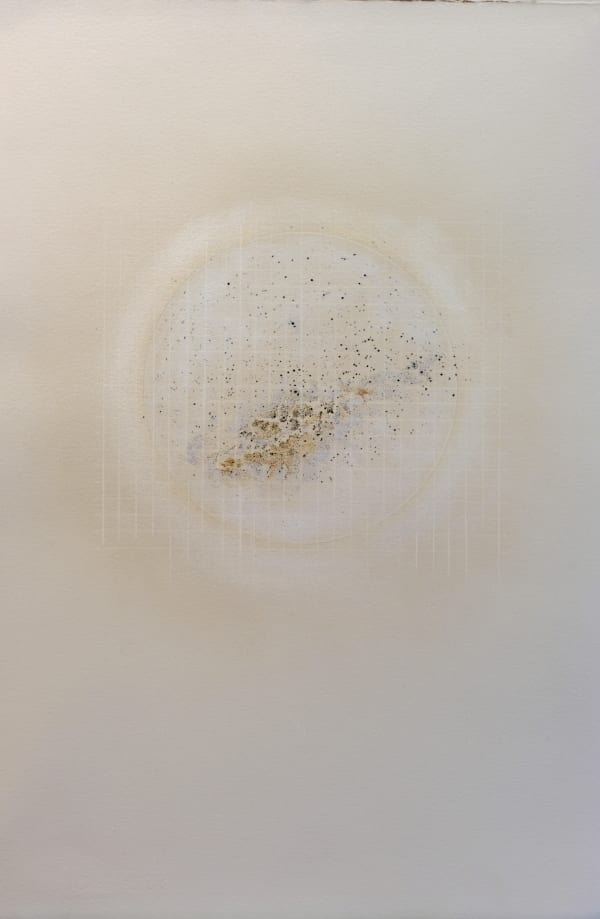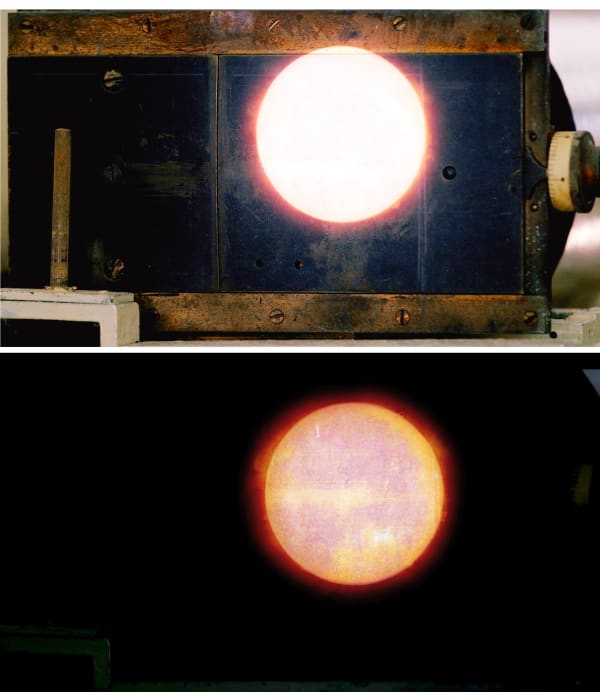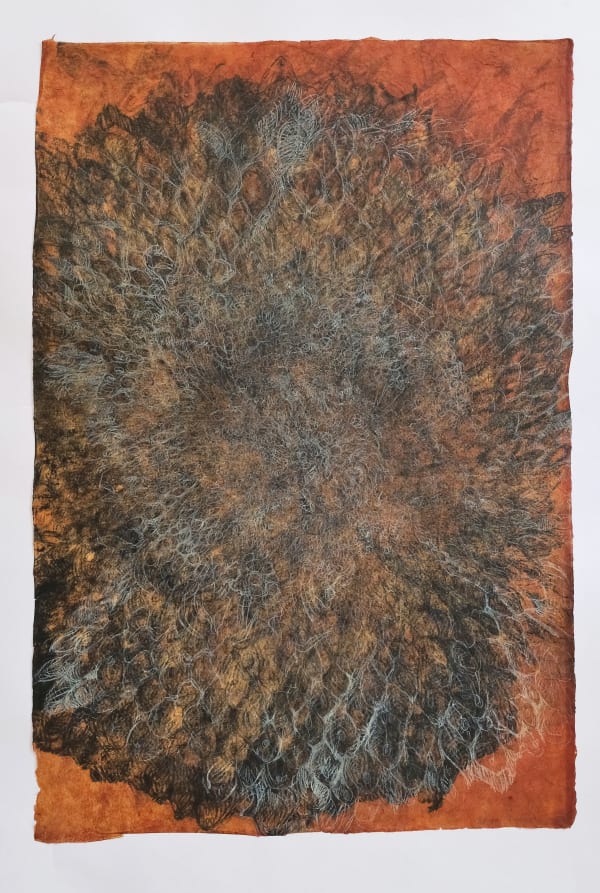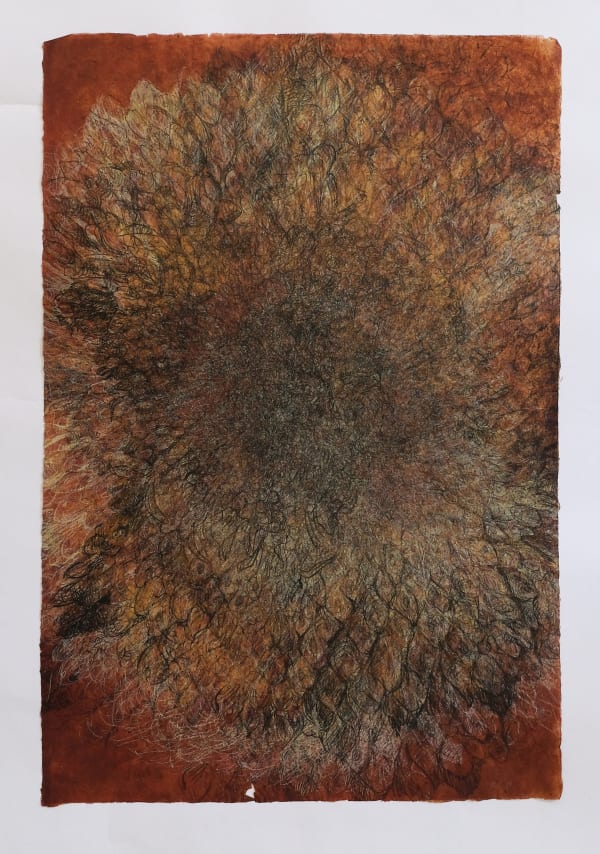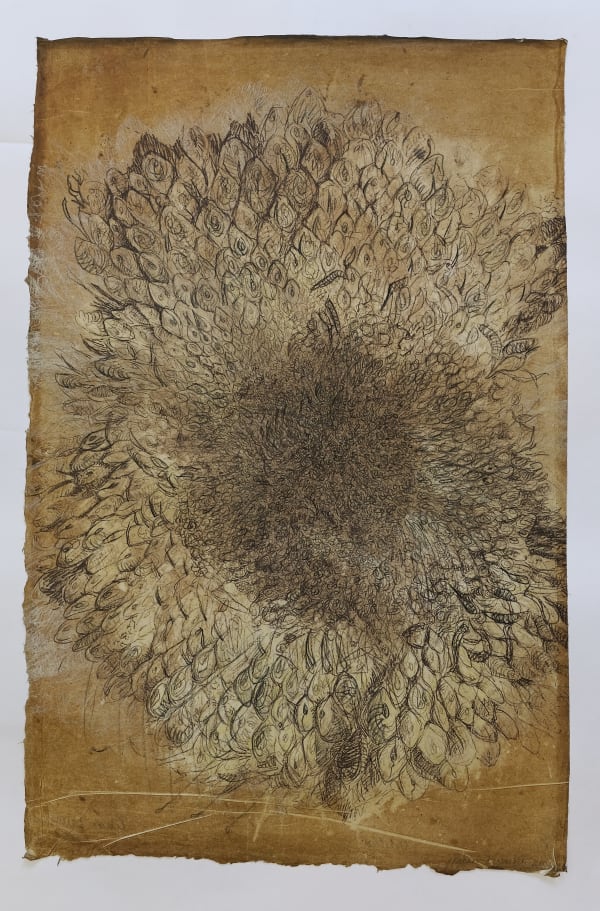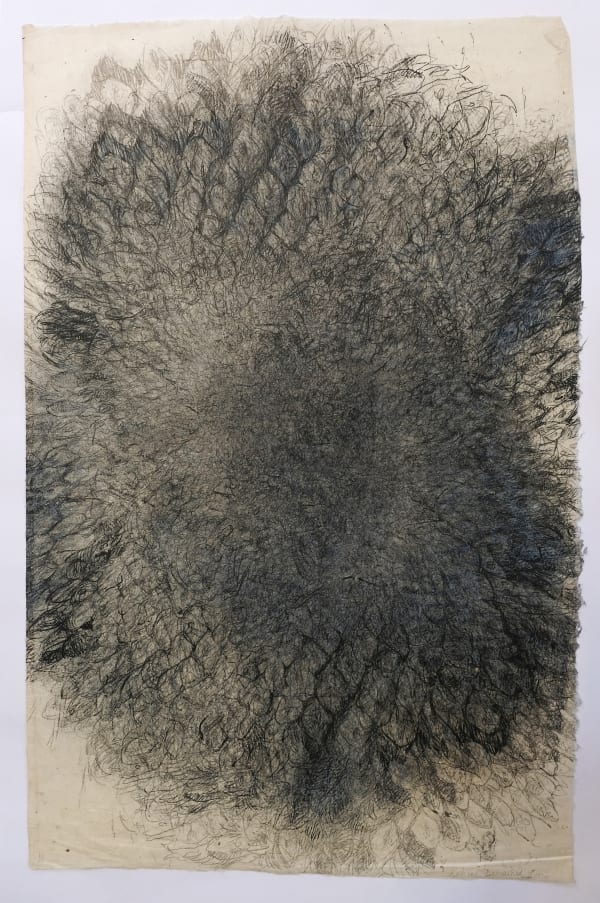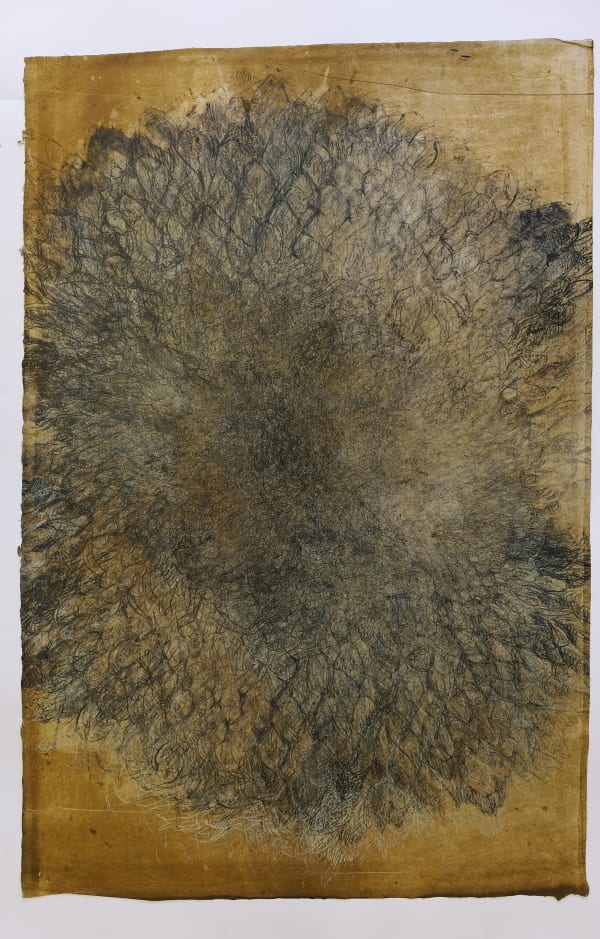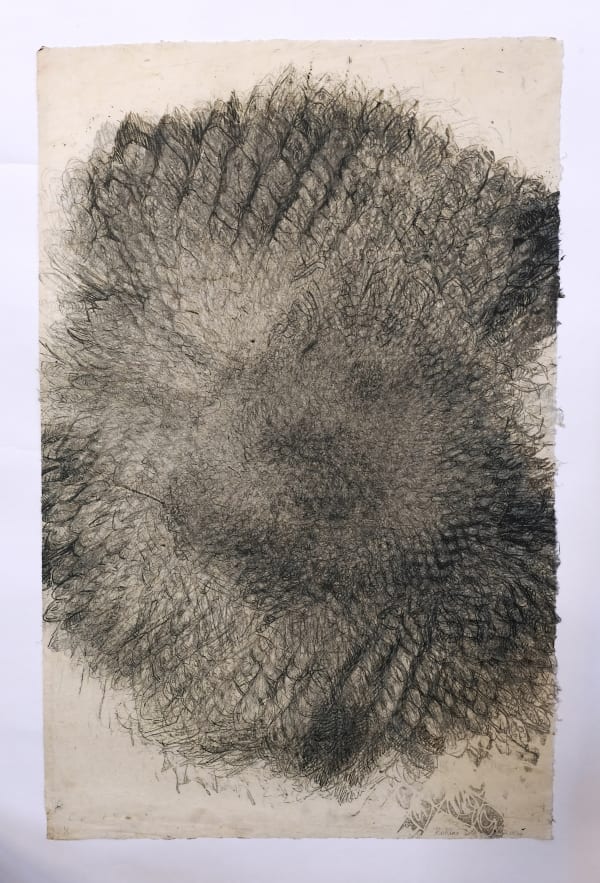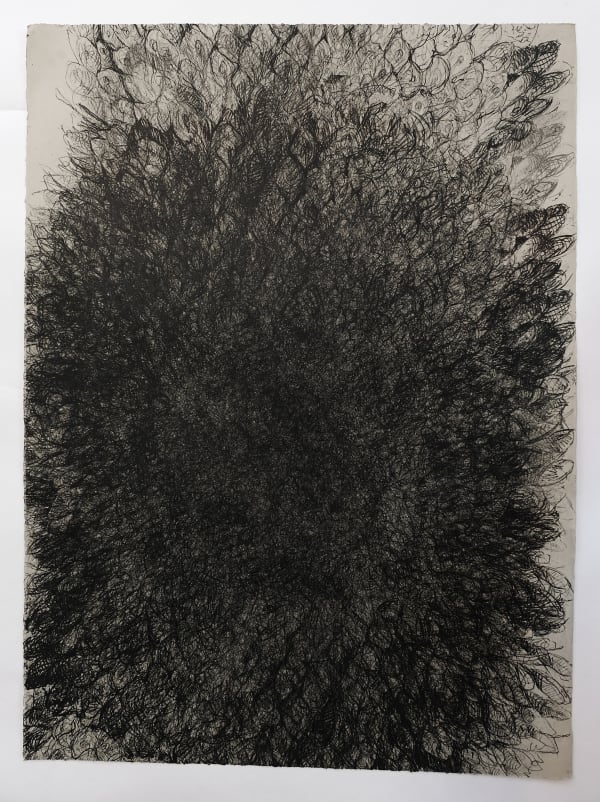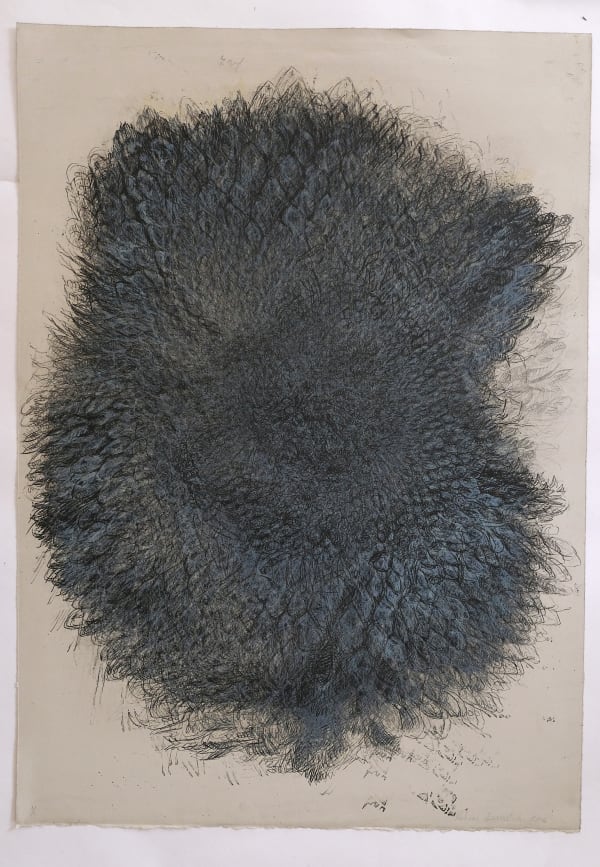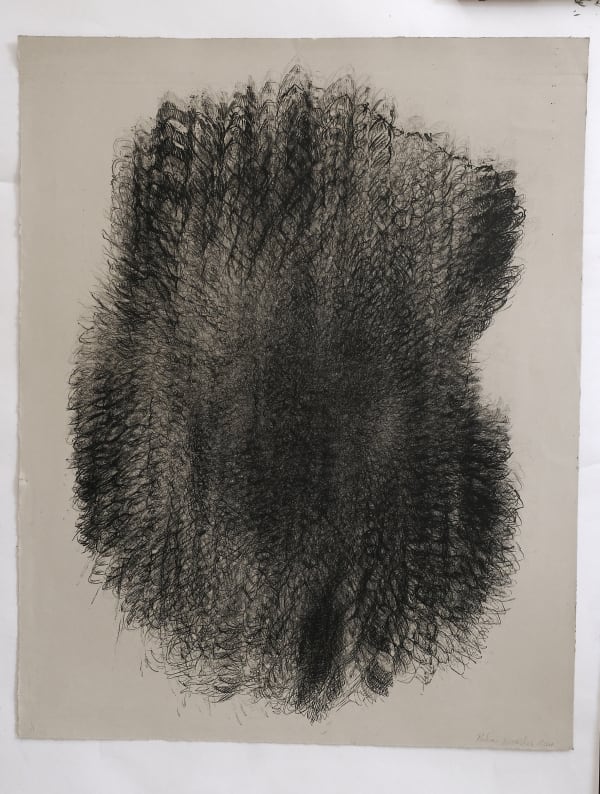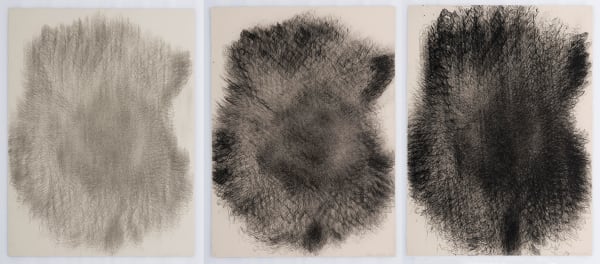“To express hope for another kind of world, one that is unimaginable at present, is a political action, and it remains so even in the face of exhaustion and despair.”[1] Sara Ahmed
Rohini Devasher has trained as a painter and printmaker and works in a variety of media including video, prints, and large site-specific drawings. Her practice explores the natural world, combining the study of what we know, what we imagine, and what we hope for our future.
Ten years ago Devasher began a project with amateur astronomers in Delhi. What began as a form of collective investigation, stories, conversations, and histories came together in a patient chronicle of this almost obsessive group of people whose lives have been transformed by the night sky. As an amateur astronomer and an artist, this was also an exercise in self-reflexivity. Where did she position herself within the material? Where did astronomy position itself within her practice? As this work developed, she became increasingly conscious of the role of ‘observation’ and the ‘field’ or ‘site’ in her practice. Over time her practice has engaged with the field both as a series of physical sites - skies, sea forts, observatories, telescopes, etc., but also as a methodology, a space for investigation that allows you to explore something unfamiliar, an opportunity to observe relationships between the human and non-human.
In the summer of 2018, Devasher spent 26 days on board the High Trust, an oil tanker, as part of an artist’s residency program called the Owners Cabin. The voyage, which took her from Suva
(Fiji) to Singapore, via Samoa, brought into sharp focus something the artist has been engaged with for some time. How do we construct the environment and how does the environment construct us?
Devasher’s project for Frieze offers various readings of the categories of object and site and how they might open up ways of thinking about time, motion, and the space of humanity within the solar system. The history of observation is also a history of methods of imagining and understanding time.
Three bodies of work – The Mirrored Sky (series of cyanotypes), Observations (drawings), and Parallax I (drawing) – are an expression of what specific sites, both on and off the ship, might tell us about the nature and complexities of human meaning-making. The project also includes a new video, 300 Kilometres or the Apparent Path of the Sun as well as Helianthus, an older series of lithographs, each representing specific attempts to understand the Sun, and our relative position to it, both philosophically and scientifically. Two works separated by 15 years, connecting the flowers to the stars.
____________________
[1] Sara Ahmed, The Cultural Politics of Emotion, Edinburgh University Press: 2014.

